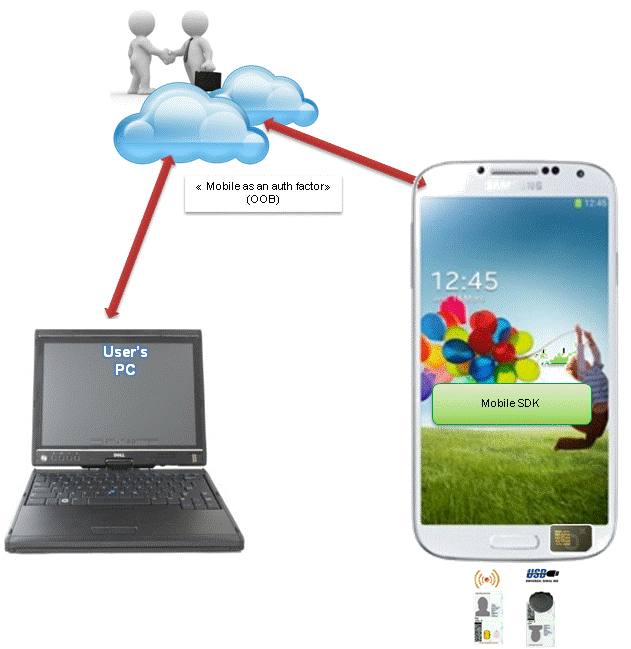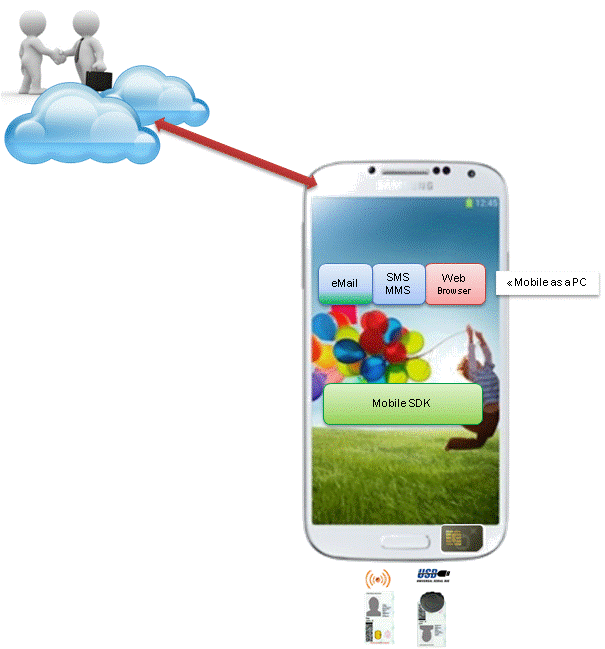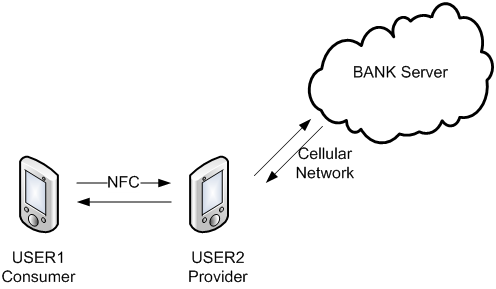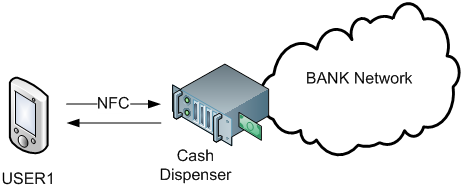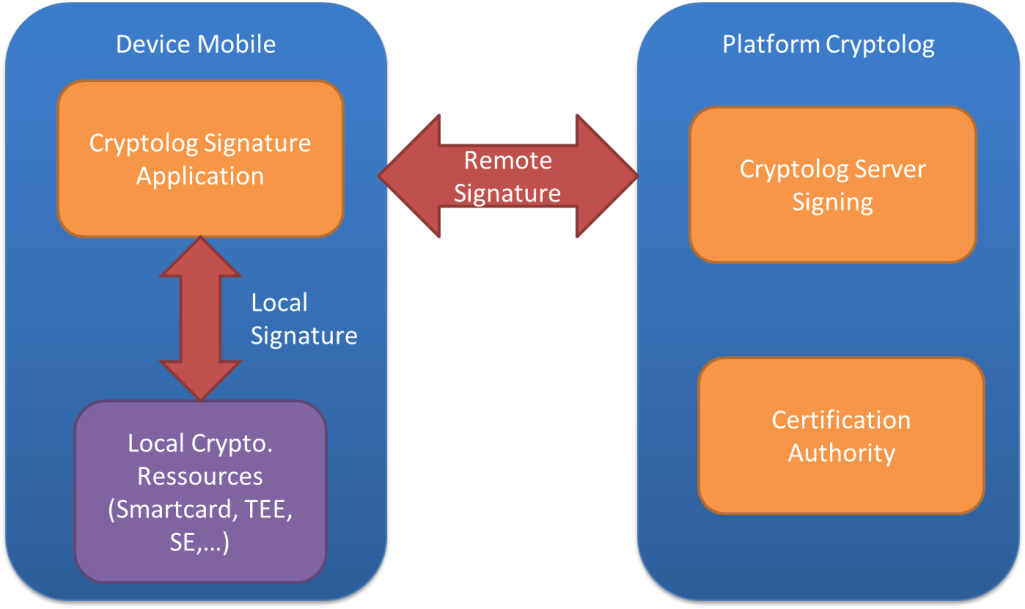Use Cases
... To be completed...
... To be completed...
... To be completed...
... To be completed...
... To be completed...
... To be completed...
Events
- Local 1st October 2019 - Coimbra, Portugal
- Local F2F meeting took place on 2 May 2018 - Coimbra, Portugal
- Local F2F meeting took place on 18 September 2017 - Coimbra, Portugal
- MobiTrust 3rd Annual Review took place on 31 May 2017
- 7th PMB/PTB meeting toke place on 30 May 2017 - La Ciotat, France
- Local F2F meeting took place on 20 April 2017 - Coimbra, Portugal
- 6th PMB/PTB meeting toke place on 29/30 March 2017 - Elancourt, France
- 5th PMB/PTB meeting toke place on 14/15 December 2016 - Sophia-Antipolis, France
- Local F2F meeting took place on 23 November 2016 - Aveiro, Portugal
- Local F2F meeting took place on 11 October 2016 - Castelo Branco, Portugal
- 4th PMB/PTB meeting took place on 14/15 September 2016 - Caen, France
- Local F2F meeting took place on 29 July 2016 - Coimbra, Portugal
- Local F2F meeting took place on 21 June 2016 - Coimbra, Potugal
- MobiTrust 2nd Annual Review took place on 8/9 June 2016
- 3rd PMB/PTB meeting took place on 3 July 2015
- 2nd PMB/PTB meeting took place on 13 May 2015
- 1st PMB/PTB meeting took place on 11 December 2014
X Close
Mobile as an authentication factor
When considering another device than a PC, i.e a mobile or a tablet,
the most used model for using it as an authentication device from a
PC is to use the mobile as a smartcard or the mobile as a reader (NFC).
Most devices being connected, another model is possible:
mobile as an
authentication factor (or OOB) with the model described below.
In this
model the mobile will be used as a user authentication device using the
interfaces available for additional user verification upon request
(finger print, PIN, OTP, PKI…).
This model is key for many future services :
AaaS, IDaaS, SSO… and push signature (validate transactions).
X Close
Mobile as a PC
Target is to have access to the same corporate services (secure email, intranet, ...)
on a mobile or a tablet than on a PC with the same level of security and secure services (Signature, VPN access…).
X Close
Prosumer model for baking transactions
X Close
Moving Cash dispenser user interface to the mobile phone
X Close
Document Mobile Signature Architecture
This scenario will allow the electronic signature demonstrator on a mobile platform widely available. The system signature may be based on a local key hosted by TEE or Secure Element on the phone or key available on a server in the cloud (remote key server signing mechanism based). The signature may be based on a document or on the hash of the document. Remote signature solution will have to ensure the global security of the system and the management of the key under the exclusive control of the signatory.
The signature application will be composed of different elements:
- A cryptographic low level library.
- A high-level API for integrating electronic signature functionality into other applications. The features will include: local signature, triggering a signature on the server side and the flow of communication between the mobile and servers.
- A graphical interface that will allow end users to safely perform signature operations simply and in an intuitive way.
X Close
LTE enabled mobile phone for PMR / PPDR end-users





